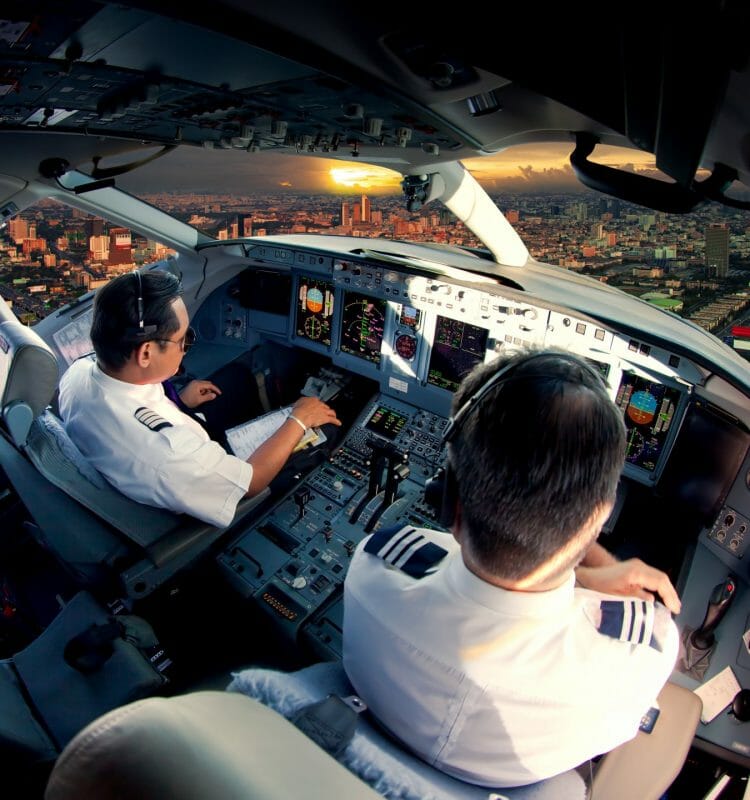EN


Nam elucidated the nuanced layers of expertise that influence performance metrics in aviation. While training often focuses on telemetry-based skills, the integration of emotional and cognitive responses is equally crucial. This is where sensor data plays a pivotal role. Imagine a situation where pilots must master flying under adverse conditions while maintaining emotional regulation. The ability to manage stress and emotions profoundly affects decision-making. With AI’s growing presence in aviation, finding the right balance between human and machine involvement is vital. Smart Eye’s technology offers an understanding of human operation within the loop, enhancing both pilot performance and safety.
The significance of scanning in aviation tasks cannot be overstated. Pilots must skillfully navigate their surroundings, balancing instrument readings and visual assessments. Nam emphasized the individuality of scanning patterns and the importance of efficient techniques to cover airspace effectively. As pilots gain experience, their scanning becomes more refined, lowering workload and enhancing safety. However, in an era of increasing AI reliance, finding the equilibrium between machine assistance and human vigilance is paramount. Smart Eye’s eye tracking technology aids in this endeavor by offering insights into pilot scanning behavior, optimizing the interaction between automation and manual control.
Nam shared how iMotions integrates facial expression analysis and heart rate monitoring into their solutions, culminating in enhanced traceability and overall flight safety. Emotions serve as a filter influencing decision-making, and facial expressions provide crucial cues. Frowns, raised brows, or furrowed foreheads can indicate stress, distraction, or high workload. By incorporating facial expressions into training feedback, programs gain insights into emotional states, enabling tailored interventions. The fusion of additional sensors like heart rate and skin temperature provides a multidimensional understanding, illuminating the depth of emotional impact. This comprehensive approach empowers trainers to address emotional states and their effects on performance, ensuring pilot well-being and safety.
As we traverse the dynamic landscape of aviation, the collaboration between iMotions and Smart Eye emerges as a beacon of innovation. By harnessing sensor data and cutting-edge technology, we’re shaping a future where pilot performance reaches new heights, and safety soars to unprecedented levels. Stay tuned for more insights and revelations as we continue our journey of optimizing aviation performance through the power of data-driven solutions.
Interested in eye tracking for pilot training? Download our Comprehensive Guide to Eye Tracking Technology for the Aviation Industry here, or contact us today to schedule a demo!
